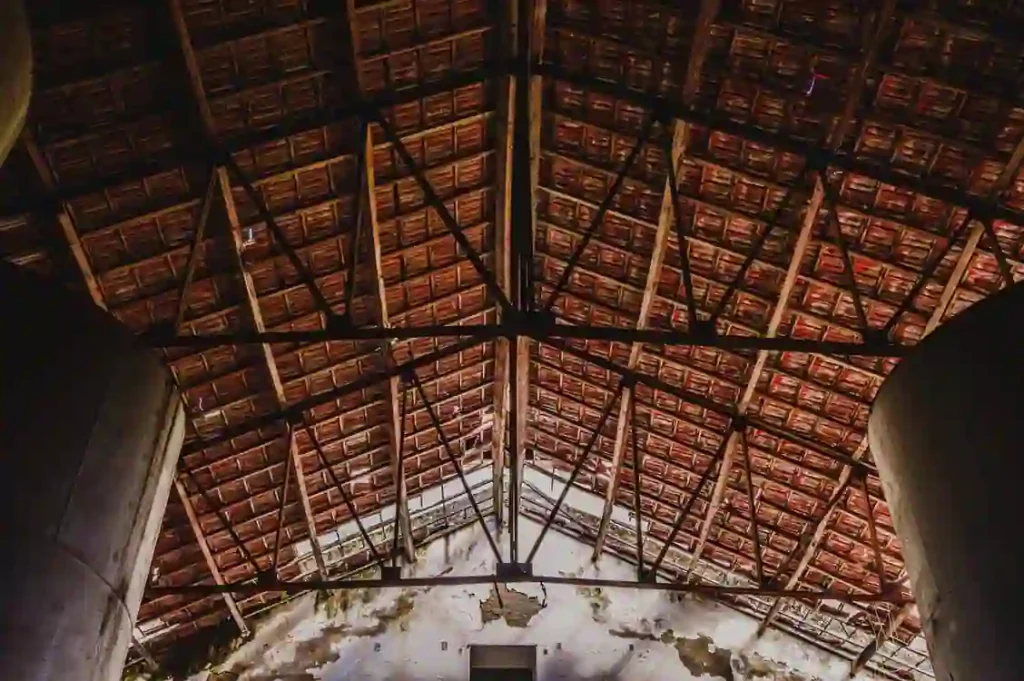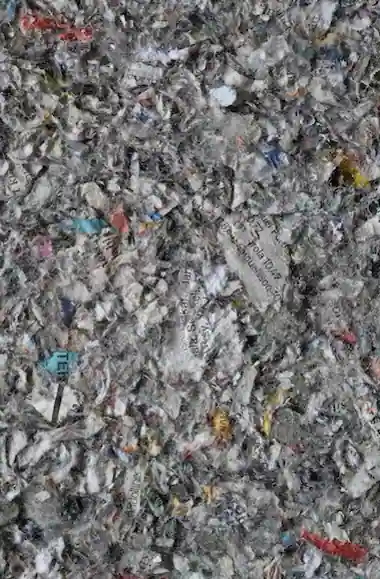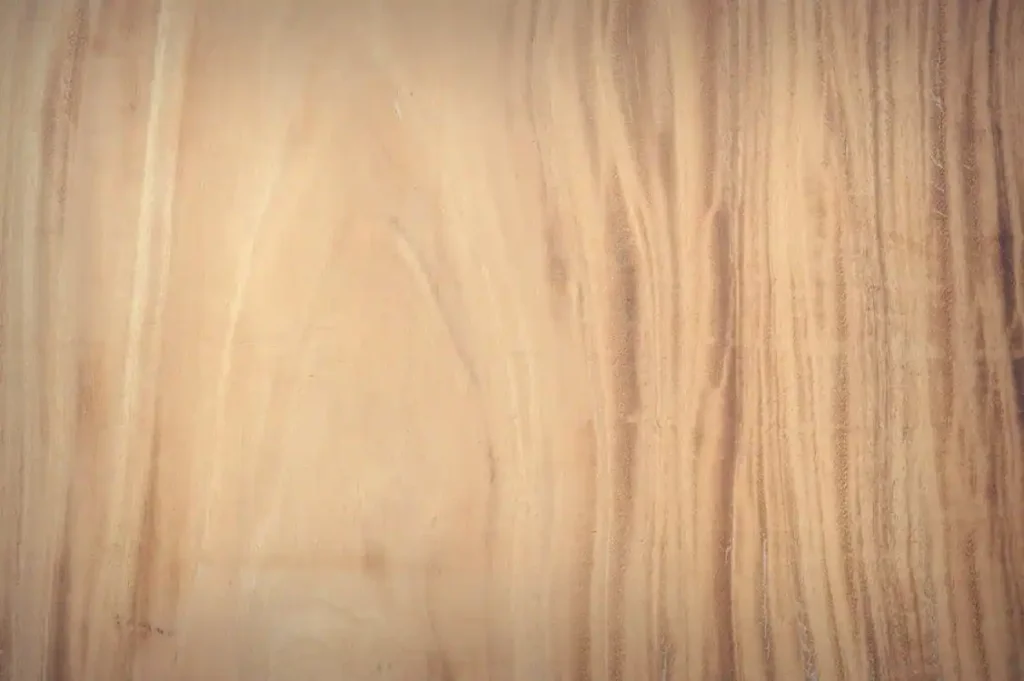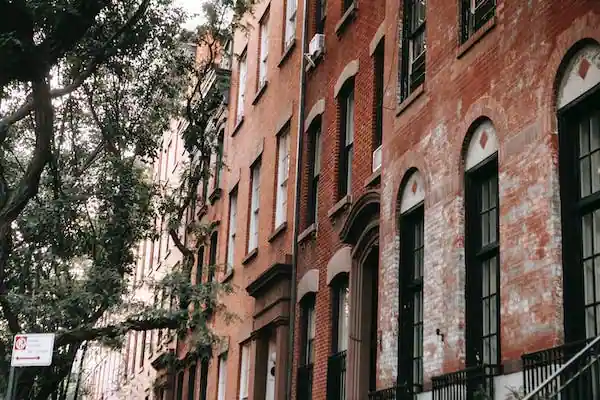Old brick house insulation helps in maintaining thermal energy efficiency in that old house. As we all know classical homes or old homes may have a very different look and good beauty as well as its looks charm, but these old brick houses or older homes were a little bit uncomfortable and very drafty, especially in the winter season it should lose energy.
We see the draughtiness increase more, during the cold days and it makes a very unhealthy and uncomfortable inside environment of your home that’s why there is also a need to install good insulation in an old house. As we know, houses which were built before the 1990s are not well insulated. Those houses without insulation have a natural ventilation system, but now we see that more airtight houses are being built, those houses have no air leakage or no ventilation system and it makes them uncomfortable.
Because of the uncomfortable and unhealthy inside environment, every old homeowner wants to like and be ready to insulate their home by using the insulation ideas for an old house, so here we came with the Insulation idea for the old house. All information about insulation in an old brick house/ home will be useful. So, just read it carefully. This information can solve your question and confusion about how to insulate your old home effectively without disturbing the main construction.
In this blog, we will share the best roof insulation for old house information with the insulation material and describe how to insulate an old brick house effectively. Let’s continue with reading. So, first let us know, what are the benefits of insulating old brick homes.
Benefits of an old brick house insulation
Usually, there are some benefits of insulating old brick homes, and those benefits are:
1 Insulating an old house will improve the energy efficiency of the home.
2 Insulating an older home will reduce the heating and cooling bills.
3 It will help to allow heat in the home longer on winter days and keep cool in summer.
4 You will make a comfortable inside environment by insulating the home.
5 If you insulate an old home it will help to reduce the carbon footprint.
6 It will able to reduce the chance of condensation.
But keep in mind, that some common insulation methods and materials can become the reason for your home’s long damage, To avoid that it’s necessary to understand the steps and correct insulation methods to insulate an old house. So, before choosing any insulation, consider its effect on the old house.
The best way to insulate an old house
Now we will tell how to insulate an old brick house with step-by-step
- Insulating the attic and roof.
- Seal basement and crawl spaces.
- How to insulate walls in an old house.
Insulating the attic and roof

If you want an insulated environment in an old house, you should consider insulating the attic and roof. Because most of the heat goes through the roof. Instead of insulating the entire house and creating some problems like excess humidity, you can seal the roof to the attic. This step can retain heat and save energy. You know the gaps and cracks should allow warm or cold air to go out or in through the ceiling, attic, and roof so avoid or to stop that, you must seal that by using the appropriate sealant like caulk or weather-stripping. We shared the caulking method in Air Sealing House Cost.
After finding the space and gaps you should add the insulation. You can use Batt’s insulation to the underside of the roof or Loose-Fill insulation can add over the attic flooring. The r value of material should be dependent upon climate, recommended R-38 and 60.
Seal the Basement and Crawl Space
One another step for an old house you have to improve your indoor climate is sealing the basement and crawl space. You need to seal the cracks around the basement windows, vents, and gaps around the ductwork wiring, and pipes. Then install the vapor and moisture barrier, and then apply the waterproof sealing compound to the walls and floors. This step doesn’t hurt the older home’s ventilation.
How to insulate walls in an old house
Many old homeowners always make the mistake, they drilling holes in walls, and then blowing in Cellulose insulation and sealing walls back up. By doing this method may condensation be allowed to form inside walls. Moisture can build up.
By using the following way, you should insulate the walls of an old house. First, you need to apply a vapor barrier or house wrap material to the external walls of the house. Then attach the Foam Board Insulation nearly 1-inch. If the windows are too old then replace that window with energy-efficient units and then caulk the window. For getting better performance you can use weather stripping to reduce all-air leaks.
If you don’t want to do all these steps and want to insulate the walls of an old house follow these tips to minimize the risk.
- Remove the weather barrier and cladding before drilling the holes.
- Replace the single-pane windows with energy-efficient windows.
- Add or replace the water-resistant flashing.
- Blown-in loose foam insulation, and seal the drill holes.
- Then follow the prior steps for doing the exterior wall insulation.
Now everyone thinks, is it possible to insulate an old house? Is it easy to insulate access to an old house?
There is no straight or right answer forward, anyone because it depends upon the construction type of that particular house. There are a few more things you need to know about insulating an old home before starting the insulation process to protect the home from damage.
How to insulate an old brick house
Keep it in mind and first consider the following three points before starting to insulate old brick homes.
- More information about advantages and disadvantages means the merits and demerits of that particular insulation material and insulation type that you start to install or select to insulate your old house.
- Choose the correct and proper way to insulate an old house. The wrong way insulated home will not work effectively or become a reason for damage.
- Some other additional materials will need to perform a proper insulation installment like- vapor barriers, vapor control, layers, air tightness sheets, sealing tapes, etc.
Before insulating old brick homes first determine something because you all know that an old house can be draftee places and the warm air can leak from the multiple spaces and areas. So, you just check out and find from which areas or places you may be using the heat in your house, we will find chimneys and fireplaces, and without working dampers are usually find the cause of air leakage, it’s typical. Along with all that, there are other areas considered air leaks through cracks around windows, ducts, and electrical outlets. Note that the primary site of heat loss was not insulated.
What kind of insulation material you should use to insulate your old house?
Types of insulation in older homes / Old house insulation types
The following are the most commonly used types of insulation in older homes / old houses.
Loose fill insulation: – It’s made from cellulose, mineral, and glass fibers
Batt insulation: – fiberglass, cotton, and various types of wool
Rigid insulation boards: – composed of plastic foams or glass fibers.
Expanding sprays: – a proprietary system
Loose-fill insulation

Loose-fill insulation is a common insulation material for insulating an old house. This kind of insulation can reach places from where air leaks. Any other insulation material should be difficult to install other insulation. The National Park Service (NPS) recommends, using loose-fill cellulose insulation (recycled newspaper) insulation that has been treated only with borates as a fire retardant.
Rigid insulation

Rigid insulation is used in masonry walls such as foundations, exterior walls under finishing, and unvented low-slope roofs.
Blown-in insulation (Expanding Sprays)
Blown-in insulation and expanding sprays are used in the existing wall spaces. The typical blown-in cellulose insulation in a shredded paper product is lightweight and can fill difficult parts to reach areas in the building envelope. Blowing-in insulation is the least invasive method of insulating your old house. You can add blown-in insulation on the inside or outside of your home.
Batt’s insulation

Batt’s insulation form is most common and widely used in insulating old brick homes because it’s a flexible insulation material in the form of rolls. This insulation is available in a variety of thicknesses and r values. Batts form insulation available in a variety of insulation materials like- Fiberglass batts, with a 2.9-4.3 r value, Cellulose batts with a 3.7-3.8 r value, and Mineral wool Batts insulation with a 3.0-3.3 r value.
Bring To An End of Old Brick House Insulation
At the end and to conclude this post we suggest that, insulating old brick homes is much more worthwhile than you think. we provided you with information about how to use the correct method and names of the best insulation products to insulate an old house. As mentioned above, insulating old brick homes using the right method, insulation material, and form of insulation, will reduce heating or cooling costs and provide you with a comfortable environment in the old home as well.
If you want to insulate only the walls of an old house, use foam board in the same steps as mentioned above, replace windows, and do the weather stripping to avoid air leaks. If you want to insulate the old brick house without hurting it then you should use the above option to insulate the brick house. We hope this post will be helpful to you.
Do let us know how you feel about this information by commenting.
Like our Facebook page and follow for other updates like this.

